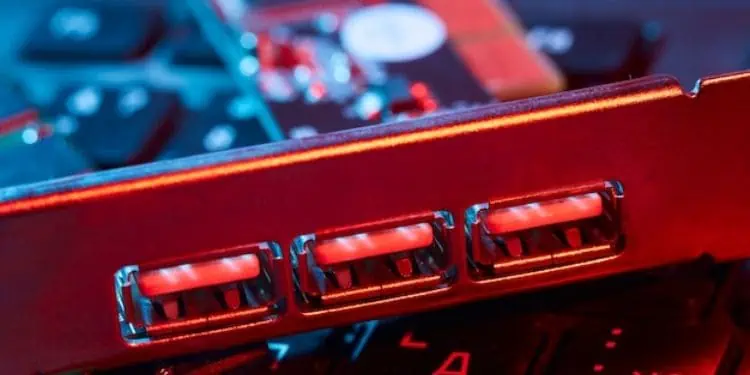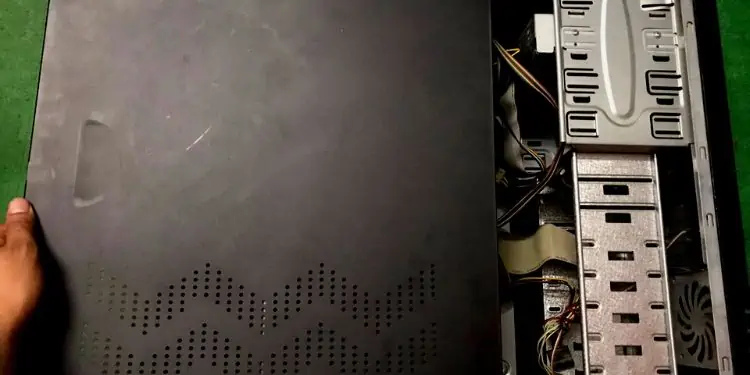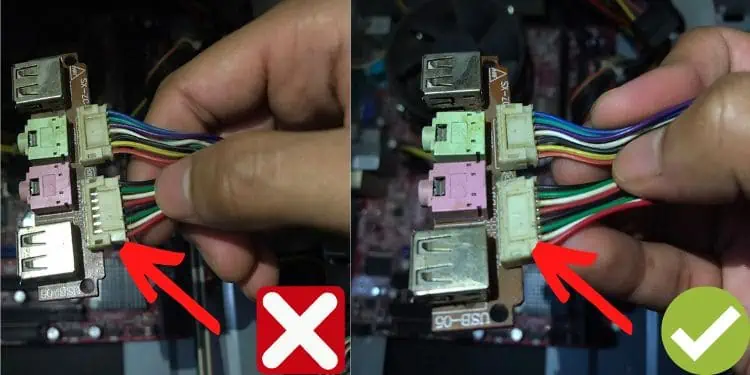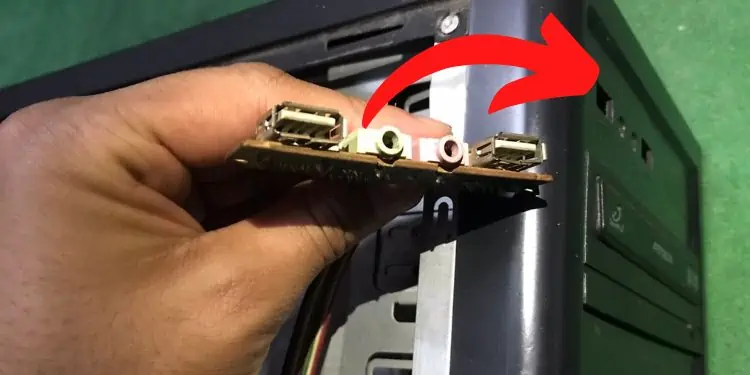Have you ever wondered what makes the USB ports on your PC function? If you’re using the USB ports on the front panel of your PC, know that they all need to be connected to the motherboard, and the exact port you’re looking for is the USB header.
Basically, they are a set of pins responsible forsending signals to USB ports. However, the back panel USB ports and the extension cards do not have any relation to the USB headers, as they have a direct connection to the motherboard.
If you wish to learn more about USB headers on motherboard, you’re at the right place! In this article, you will learn about what USB headers are, where they are located, their different types, and how you may connect USB ports to them.
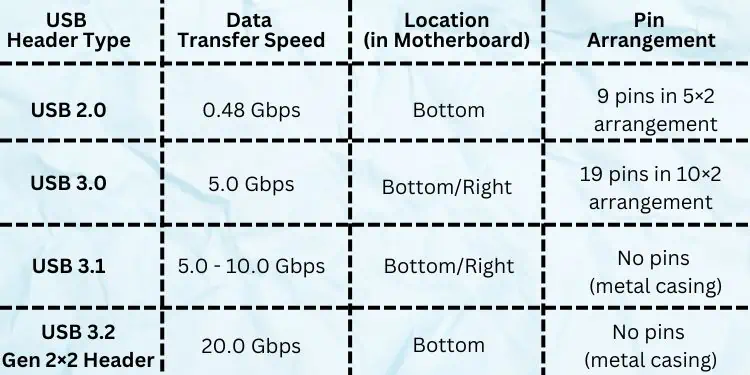
What are USB Headers and Where are They Located?
USB headers on a motherboard are simply the connectors that ensure USB devices are correctly connected. Generally, they are located on thebottom or the right sideof the circuit board, depending on the type of USB header.
To locate the USB headers, navigate to your motherboard and find the labels having F_USB, J_USB, FPANEL_USB, F_USB2, or similar indications. If you cannot do that, you canuse your motherboard manualto detect where they exactly lie.
Basically, these are just the different types of USB headers, and they differ in terms of the number of pins and their configuration. We will be discussing all of them in further sections.
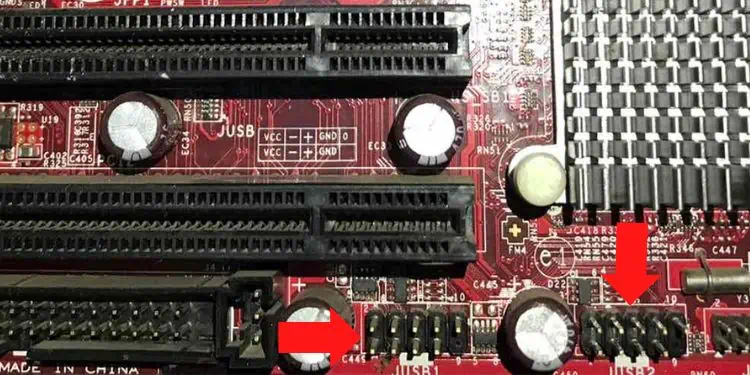
Different Types of USB Headers
If you’re building a custom PC, it’s essential to know what USB header types your motherboard supports.
Well, each of them differs based on pins and the number of USB ports they can support. Although most USB headers can use two USB ports, some only support one.
Moreover, the header types correspond exactly to the USB generations. This simply means that theUSB header supports only the kind of USB generation you use. For example, the USB 3.0 can’t be placed in the USB 2.0 header due to size incompatibility. To learn more, here’s a complete guide on thedifferences between USB 2.0 and USB 3.0.
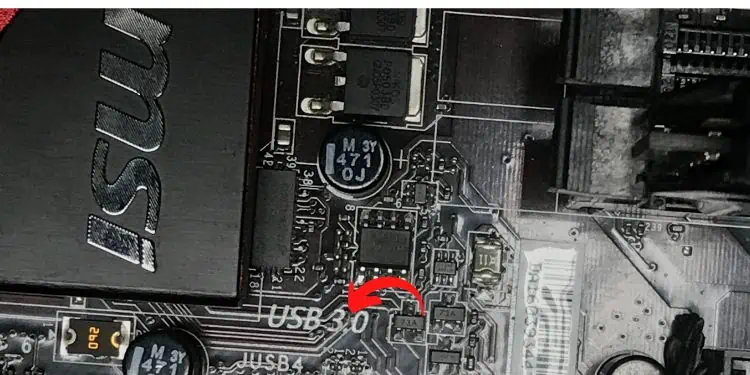
Generally, USB headers can be classified into four types or generations. In this section, we will discuss each of them in brief.
To confirm that you have a USB 2.0 header, you’ll see that the label on the motherboard mentions ‘USB 2.0’. Well, this is one of the most common headers and islocated in the bottompart of most motherboards.
Moreover, they havenine pins in a 5×2 arrangement, meaning five pins each on two rows. However, the second row has one pin missing to ensure proper alignment.
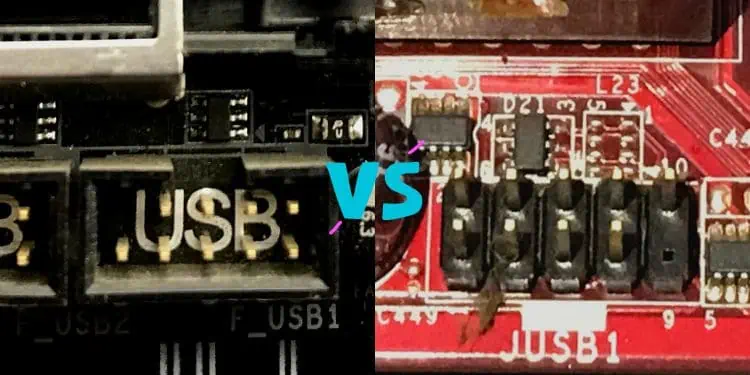
USB 3.0 or 3.2 Gen 1 Header
